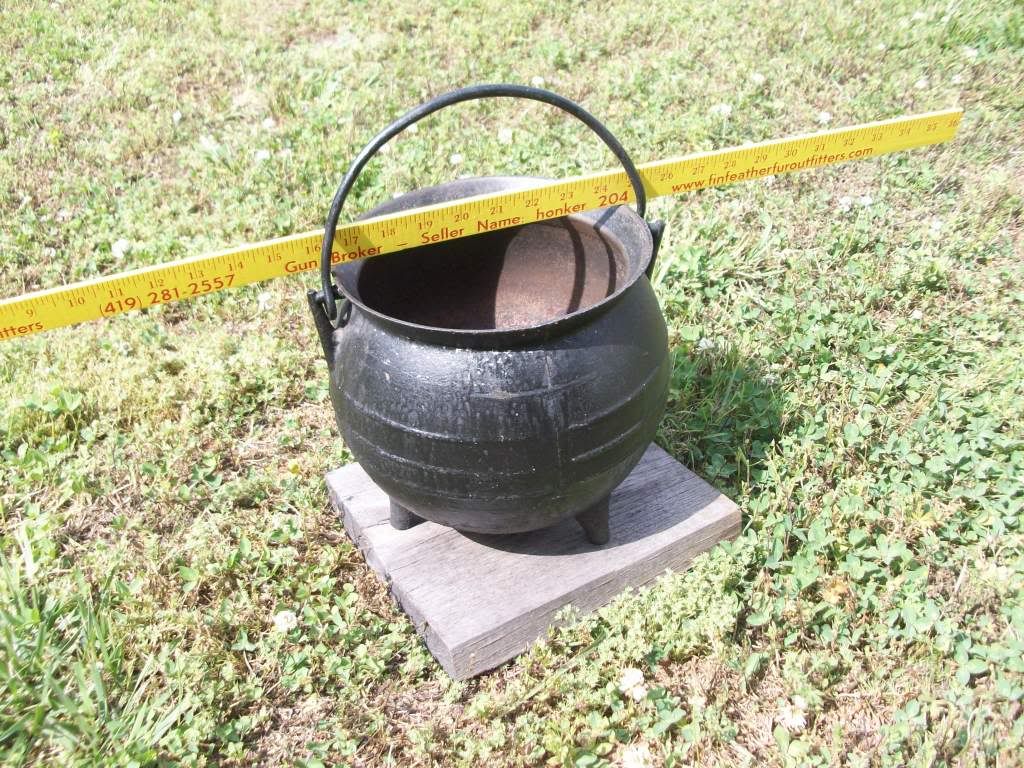Grizzled Roberts
54 Cal.
- Joined
- Dec 27, 2006
- Messages
- 1,781
- Reaction score
- 11
I found an old pre revolutionary war cast iron pot at a antique shop last month. It looked real good and I had visions of cooking in this pot at my events. When I got home I cleaned out the pot and when I tried to boil some water in the pot I noticed a hairline crack with water dripping out.
I would like advice from people who have repaired an old pot in this condition. As I will be cooking food in this old pot I am not interested in repairs made with epoxy like products. First hand accounts please Gentlemen.
I would like advice from people who have repaired an old pot in this condition. As I will be cooking food in this old pot I am not interested in repairs made with epoxy like products. First hand accounts please Gentlemen.





